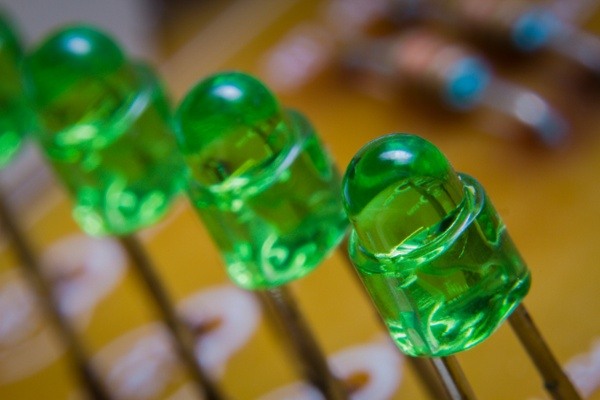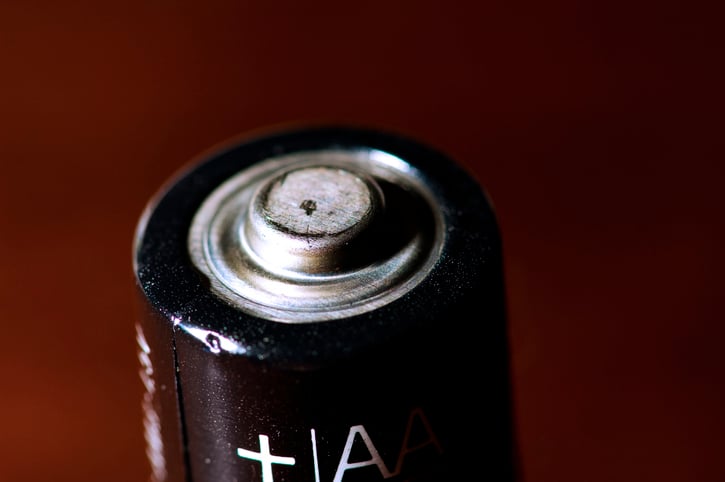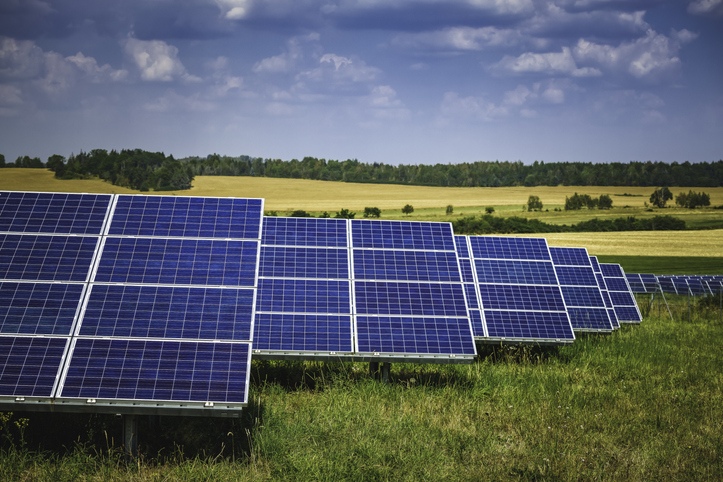Reverse Polarity Protection: A Guide to PCB Design
When reliable performance matters – whether in medical devices or handheld mining tools – every component in your design needs to contribute to...

At this point, we’re all familiar with light-emitting diode (LED) lights. From the bright, efficient bulbs replacing the old filament lamps, to the flashy, colorful strips mounted behind TVs and monitors.
But when it comes to industrial and automotive lighting, LED PCBs need special attention to ensure fire safety.
LEDs create a lot of heat, and dispersing that heat away from the LED is critical in maintaining the structural integrity of the components.
Read more to learn the most important design considerations for LED PCBs.
LED PCBs have become the go-to choice for many lighting applications for a variety of reasons.
Electronics manufacturers need to consider not just the LEDs when constructing the board, but also the other components. How close are the LEDs to other components? Laying out a solid design before production begins keeps board errors low by allowing the proper tolerances between each component.
One of the challenges of designing an LED PCB board is heat dispersal, as LEDs can produce a significant amount of heat. The standard FR-4 board material made of epoxy and glass is not well-suited to transferring heat, which means the LEDs can damage the connections in the board.
An MCPCB is a PCB with a metal core that can transfer heat away from the sensitive components. Aluminum is the most popular type of metal used in these applications.
If you want to mount LEDs to a board, you need to determine which kind of PCB to use. Off-the-shelf modules have already been designed and tested, but full custom designs require careful consideration of the different temperature ratings of the materials and their standards for heat resistance.
The need for proper heat dispersal in PCB LED design cannot be stressed enough. The LEDs generate a lot of heat and you have to dissipate that heat -- or risk melting parts of the circuit board or damaging heat-sensitive components.
LEDs are usually made with a transparent polyurethane-based resin. It’s not a good thermal conductor, so heat usually goes right to the back of the chip. There are multiple heat dispersal options, including:
Sinking moves heat away from the sensitive parts of the board. For example, in computers, a heatsink is often placed on top of the CPU, directing heat away from the CPU and toward a fan. The effectiveness of a heat sink depends on the
Sometimes there’s not enough room for a heat sink on the board or in the electronic enclosure, so electronics manufacturers use other heat dispersal techniques.
Heat pipes and vapor chambers provide a passive way to transfer heat from the board to a heat sink or a vent in the enclosure. The heat pipes are usually attached to the bottom of the board.
MCPCBs are one of the most straightforward methods for heat dispersal. If you mount the LEDs to a metal core board, the metal will help significantly with heat transfer – especially compared to standard FR-4 boards.
Because metal will conduct heat, it’s easy to funnel the heat toward the metal board, and then from there, into a heat sink.
LED PCB prices can vary greatly. Off-the-shelf models are less expensive than full custom designs, but you may need that custom design expertise to achieve your product goals.
A skilled manufacturing partner can lay out and mount everything, including the microprocessor and memory while ensuring proper temperature. It’ll cost more, but usually, the cost is worth it in the long run.
A full-service electronics manufacturing partner does more than mount your PCBs or design enclosures for them. They’re with you every step of the way, from initial design and prototyping until the very end, including obsolescence management and aftermarket services.
To make component specification easier and get your design off to the right start, get our free component sizing guide below:

(Editor’s note: This blog was originally published in August 2020 and was updated in July 2022.)

When reliable performance matters – whether in medical devices or handheld mining tools – every component in your design needs to contribute to...

When designing solar-powered embedded systems intended for outdoor applications, durability, performance, and energy efficiency are a perfect storm...

The products that your organization is preparing to develop call for printed circuit boards (PCBs) -- simple enough, right? Not exactly. Components...